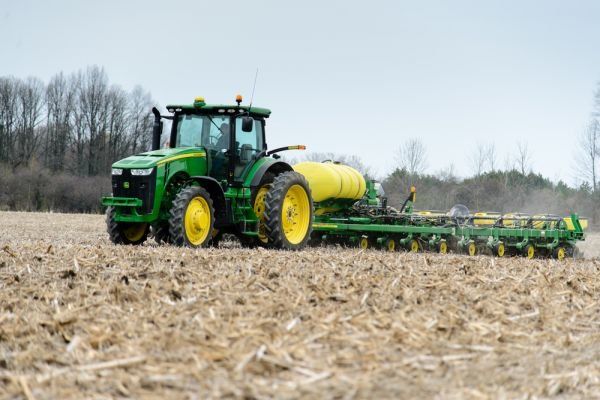Farm Readiness During this Crisis
April 7, 2020

Farm Readiness Checklist
We all know no one can learn the nuances of your farm quickly, like which tractor needs a shot of ether to get rolling regardless of temperature, but you can still have a plan in place. Being prepared can not only provide peace of mind in case something happens, but can also help reduce stress by having a plan laid out now. Take a few minutes to write out your plan and put it where it can be easily found. Give a copy to a trusted neighbor or friend.
General Farm Information
- Hired help contact info, primary job responsibilities
- Typical machinery dealership/repair services used
- Crop advisor/Farm manager name & number
- Crop insurance agent name & number
- Ag lender name & number
Field Plans
- Field Names & Locations
- Highlight in Plat book if possible
- Where is the field entrance, what side is best to start working from
- Intended Crop
- Seed Varieties, Where is Seed located, Who is your seed dealer
- Planting rates
- What still needs to be done? Tillage, Spring Fertilizer, Burndown
- Who is your retailer for chemical and fertilizer?
- Have spring chemical and nitrogen programs been finalized?
Stored Crop Plans
- Which bins may need to be watched more closely than others
- Do you have any upcoming delivery contacts? With who?
- Does anyone help market your crops?
Livestock Plans
- Still have cows to calve? Calving routine/processing procedures
- Which pastures do you have cows at, where do cows need to go when the grass greens up?
- Are there water needs?
- Hay storage? Mineral and protein tubs?
- Do you have feed brought in? Who is your supplier, are the deliveries automatic?
- What are your rations?
- Who is your vet?
- Hog barn routine? Clean out procedures?
- Who is your contact for who you grow for?
- Where do you get your feed? Is it automatic?
- Is there anyone you have come help for things like load out?
- Who is your vet?
Download a form that makes it easy for you to plan for a potential absense!











































































































